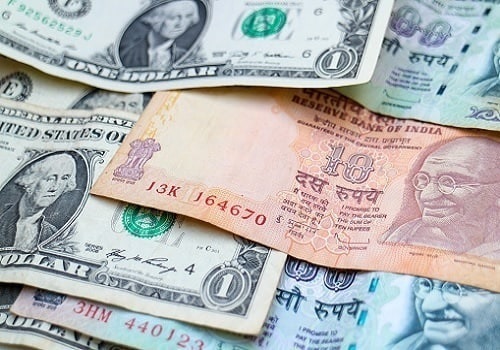India rupee at over 3-week high on Fed's dovish stance, gains in equities

Follow us Now on Telegram ! Get daily 10 - 12 important updates on Business, Finance and Investment. Join our Telegram Channel
MUMBAI - The Indian rupee strengthened to its highest level in more than three weeks against the dollar on Thursday as the U.S. Federal Reserve's dovish stance was a drag on the greenback, with gains in domestic equities also contributing to the rise.
The partially convertible rupee was trading at 74.25/26 per dollar at 0845 GMT, compared with its close of 74.38. The unit touched 74.2350 earlier, its strongest since July 6.
"The Fed meeting outcome was largely in line with what was expected but the commentary was still dovish which should help the rupee," a senior currency trader at a private bank said.
"The range of 74.20 to 74.80 has held well and rupee is unlikely to break that band unless there are strong flows or triggers," he added.
The dollar also slipped to multi-week lows in Asian trading on Thursday after fresh reassurance that U.S. interest rate hikes are distant and as riskier currencies drew support from China's efforts to soothe stock market jitters.
Though the U.S. Federal Reserve has hinted at a potential stimulus tapering as the economy recovers, chairman Jerome Powell's comments on jobs and inflation helped calm nerves over sooner-than-expected rate increases.
"We see this meeting opening the door to a possible taper announcement in December that begins reducing the purchase pace in January-March," said Madhavi Arora, lead economist at Emkay Global Financial Services.
"We don't think Jackson Hole will be used to communicate anything important about tapering," she added.
The tapering of the monthly $120 billion bond-buying stimulus by the Fed is expected to hurt risk assets including Indian shares and the rupee.
The broader NSE share index, however, was trading up 0.6%, led by gains in technology and banking stocks.
Most other Asian currencies were also trading stronger against the dollar.












 320-x-100_uti_gold.jpg" alt="Advertisement">
320-x-100_uti_gold.jpg" alt="Advertisement">












